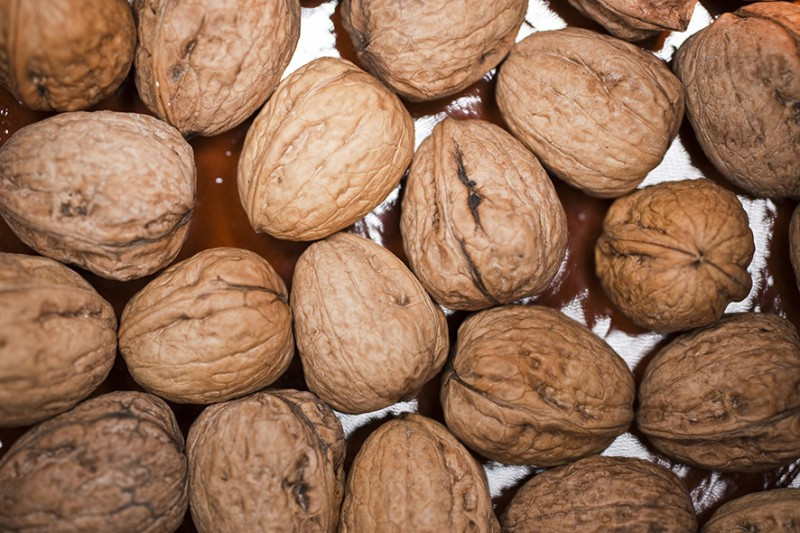Not everyone is a fan of fatty fish or any other kind of seafood, for that matter, but we all can benefit, especially heart health-wise, by sticking to a diet that includes ample omega-3s. The question then becomes: how can we get a good supply of omega-3s without eating fatty fish such as salmon, tuna, mackerel, or sardines? That's easy, and the good news is that there are plenty of types of food that can help fill our tank with sufficient amounts of omega-3s to keep us thriving. Consider the alternative: a deficiency of omega-3s – and omega-3s are not naturally produced by our bodies – can expose us to heightened risk of maladies such as heart attacks, depression, arthritis, Alzheimer's, macular degeneration (of our eyes), allergies, and asthma, as well as other conditions, as pointed out by nutrition and wellness expert Ann Kulze, MD, per everydayhealth.com.
What Are Omega-3s?
We've covered omega-3s numerous times in this space, although usually in the context of their availability through fatty fish, like those types mentioned above. Omega-3s are a type of fatty acid – a good fat, that is – that helps protect our bodies, chiefly by acting as anti-inflammatories that can benefit our hearts as well as our heads (our brains/cognitive abilities). There are four types of omega-3 fatty acids: EPA (eicosapentaenoic acid), DHA (docosahexaenoic acid) and the newest DPA (docosapentaenoic acid) and ALA (alpha-linolenic acid). The former three are the fatty acids most commonly associated with fish, while ALA is available in plant-based foods such as kale, walnuts, and flaxseeds. Once consumed, per healthline.com, about 10 percent of ALA is converted to EPA and eventually to DHA, although ALA does provide health benefits of its own, ranging from guarding against heart disease and stroke to reducing the risk of diabetes. One note especially for vegetarians who might want to ramp up their intake of DHA fatty acids – good sources are algae-based nutritional supplements.Non-fish Sources of Omega-3 Fatty Acids
Let's take a deeper dive (pun intended) in singling out various non-fish sources of omega-3s. Here are other readily available omega-3-rich foods that can be found in most grocery stores:- Omega-3-enriched eggs. These contain natural forms of EPA and DHA, making these eggs and fatty fish the only sources of natural, biologically-active DHA and EPA, Kulze says, per everydayhealth.com.
- Flaxseeds. Obviously, these don't make for a meal entrée on their own, but adding a bit of flaxseed oil or ground flaxseeds to your morning bowl of cereal can give you more than half of your recommended daily value of ALA, per everydayhealth.com.
- Walnuts. These come packing with plenty of calories, so a fistful at a time ought to be about right. A fourth of a cup is A-OK for about 14 percent of your RDA for ALA.
- Kale. For that matter, you can also include other leafy greens in the mix, such as spinach. Keep in mind, too, that kale consists of many vitamins and nutrients that make it a health powerhouse beyond just ALA.
- Squash. Think winter squash or butternut squash, and don't let their starchy aspect deter you. You can even add acorn squash and pumpkin squash to the grocery list in this regard.
- Chia seeds. Not only are they full of ALA fatty acids, per dietingwell.com, they are also rich in fiber, protein, calcium, magnesium, potassium, and several other health-enhancing minerals and vitamins. Here's ample proof that good things come in small packages.
- Soybeans. A protein powerhouse that many vegetarians love (it's a key ingredient in tofu, no less) and which is a great source of omega-3s, more so even than some cold-water fish. Black beans and navy beans also offer ALA.
- Wild rice. Keep consuming enough wild rice, and it will calm your anxieties about not getting enough omega-3s in your diet. Note, too, that wild rice is actually a grass and not a grain, per dietingwell.com; it also offers almost double the amount of fiber and protein that brown rice does, and brown rice is no weakling in that regard.

